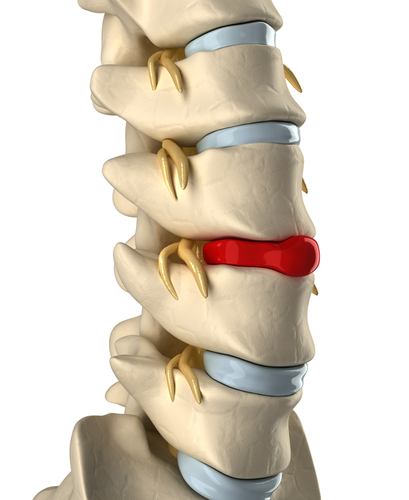A hernia or herniation is a tear in tissue. In the case of intervertebral discs of the spine, a herniated disc is a tear in the outer lining of the cushions between the vertebra of the spine and in which the “jelly” filled center will ooze out through the tear. Some doctors refer to these as slipped discs. They are actually called bulging discs, herniated discs, or prolapsed discs. These names are given in order from least to worst.
When considering treatment options for bulging or herniated discs, I always assess the function of the disc first. The way in which a disc presents during examination will determine what treatment will work best. You see, an MRI will reveal where the herniation is located and how large it is, but it will not show why it’s there or how it occurred. To understand the WHY, I look for signs of compressive, movement, or stabilization disorders. These are revealed in my disc screening examination. I also have the patient explain all they remember about when this problem began and what makes it feel worse and what makes it feel better.
After discovering the primary cause, we will begin treatments that enable the person to avoid surgery and return to an active lifestyle.


Recent Comments